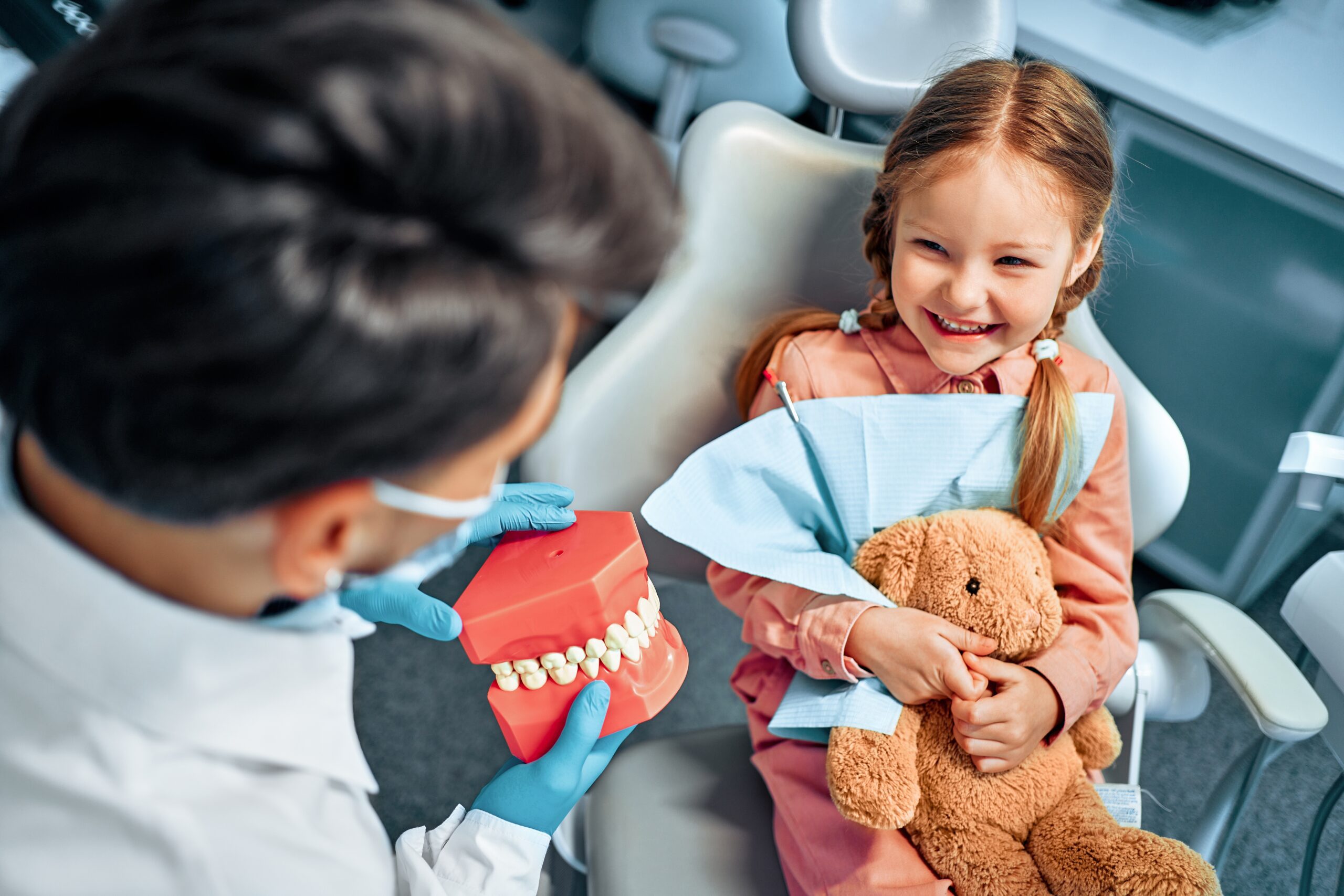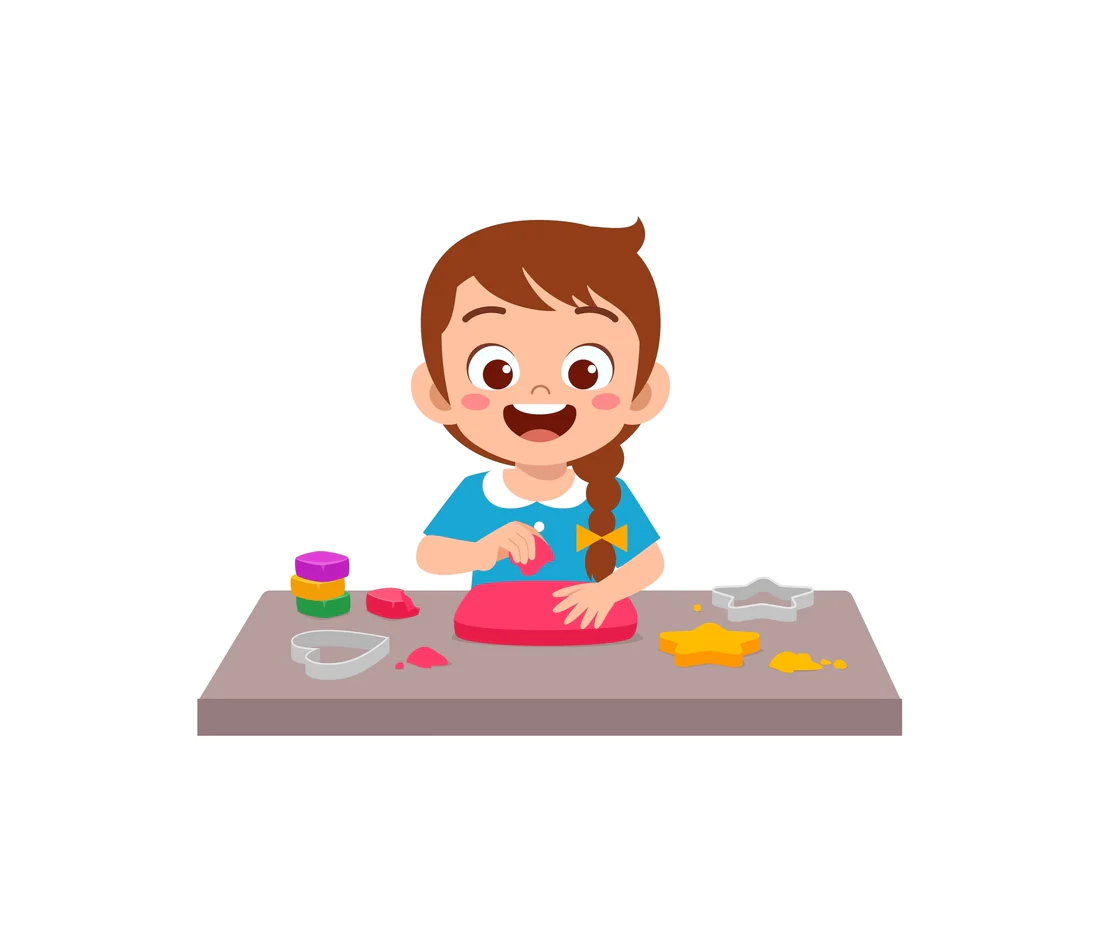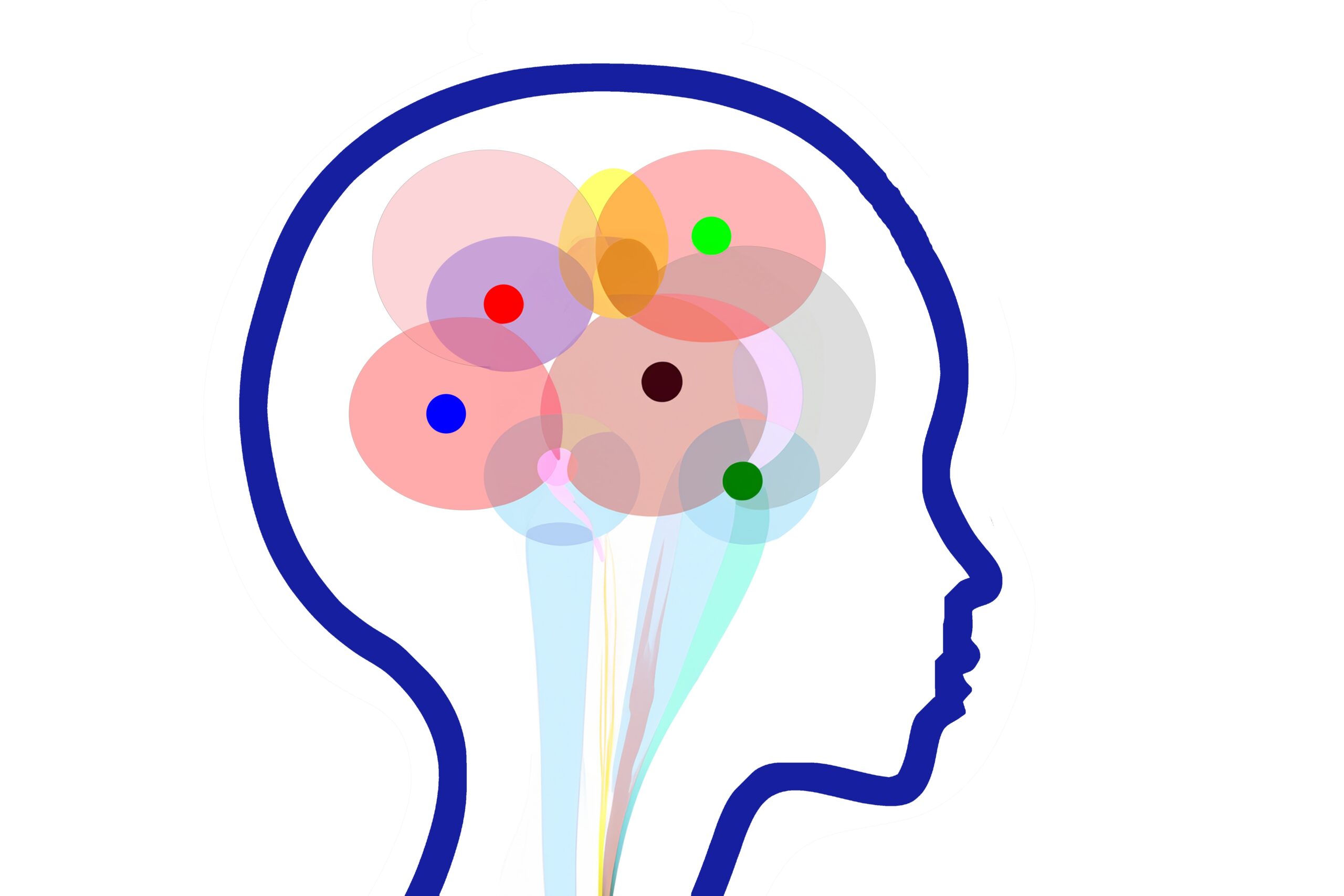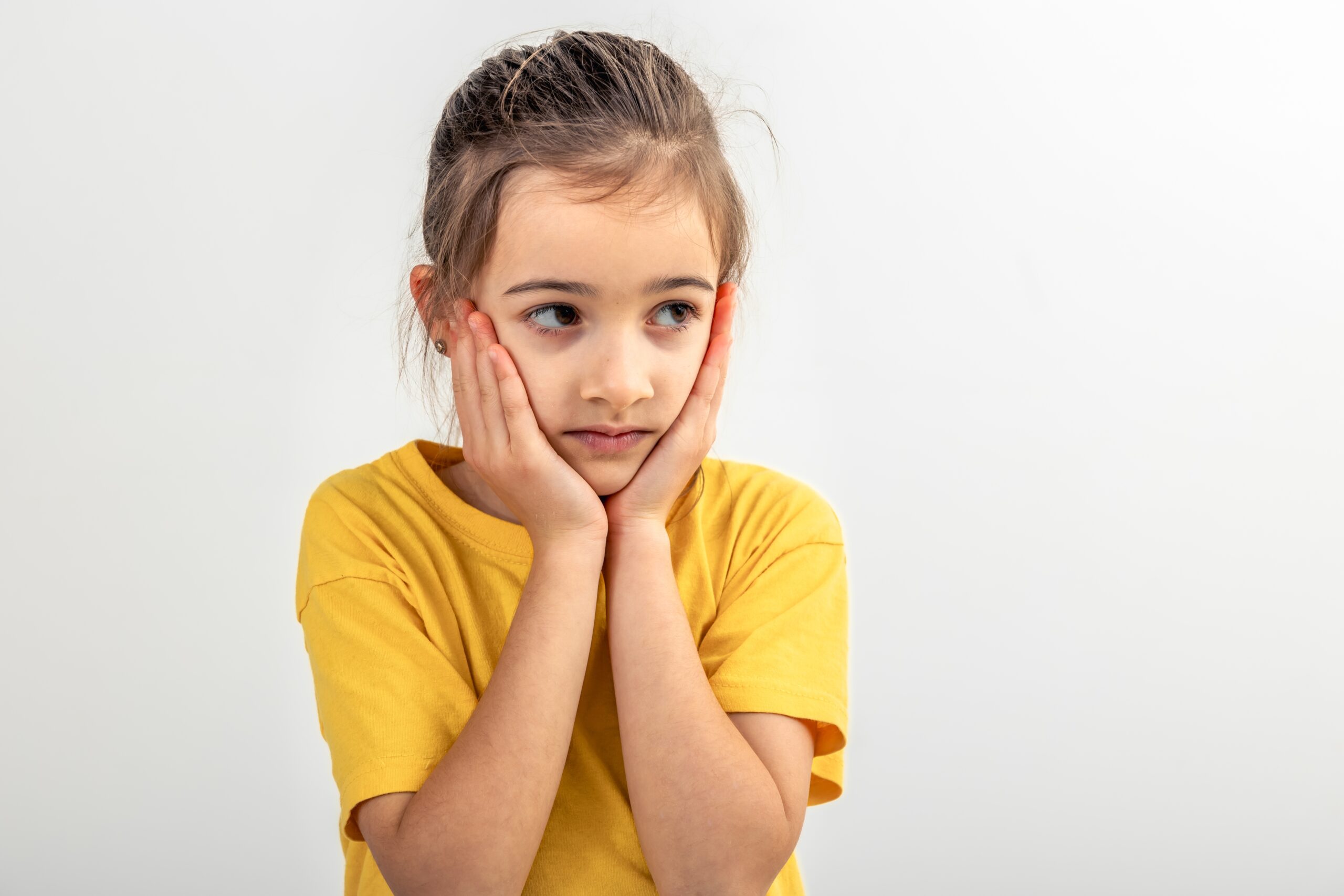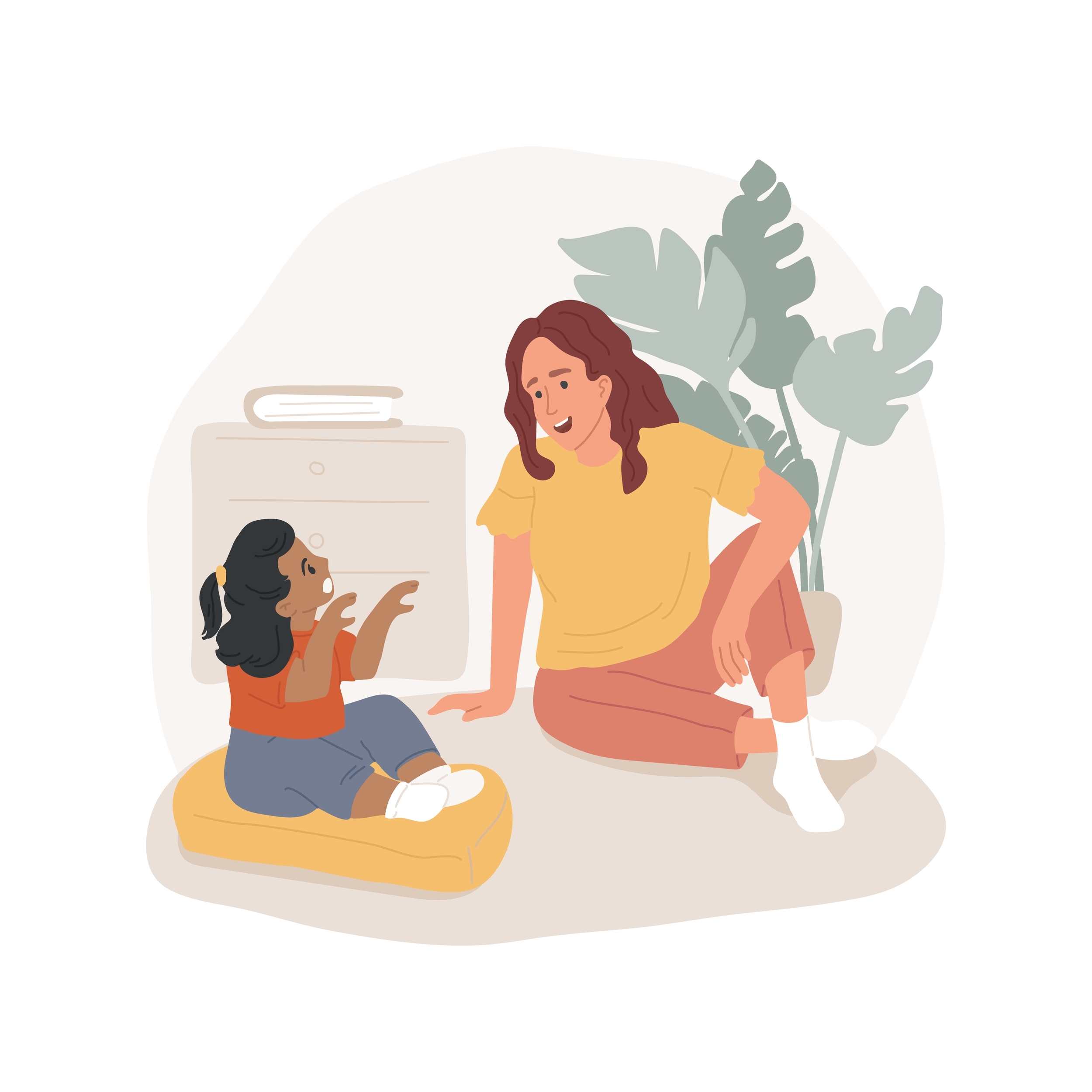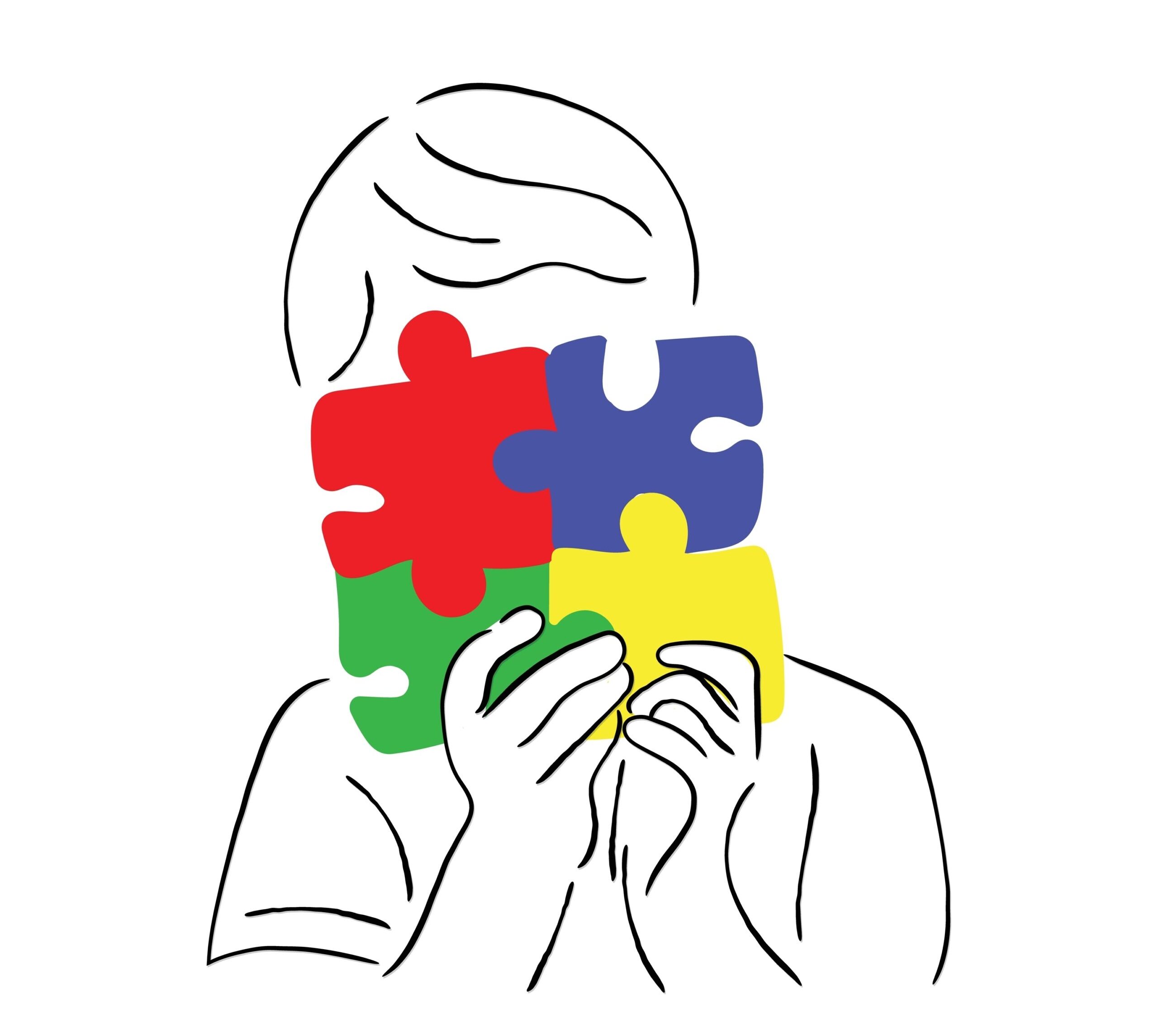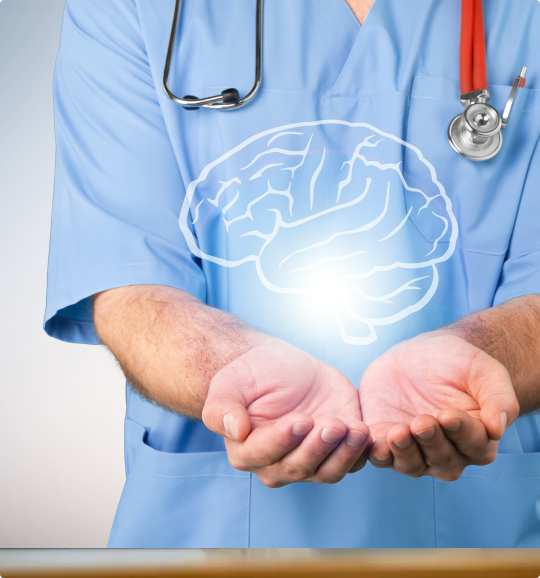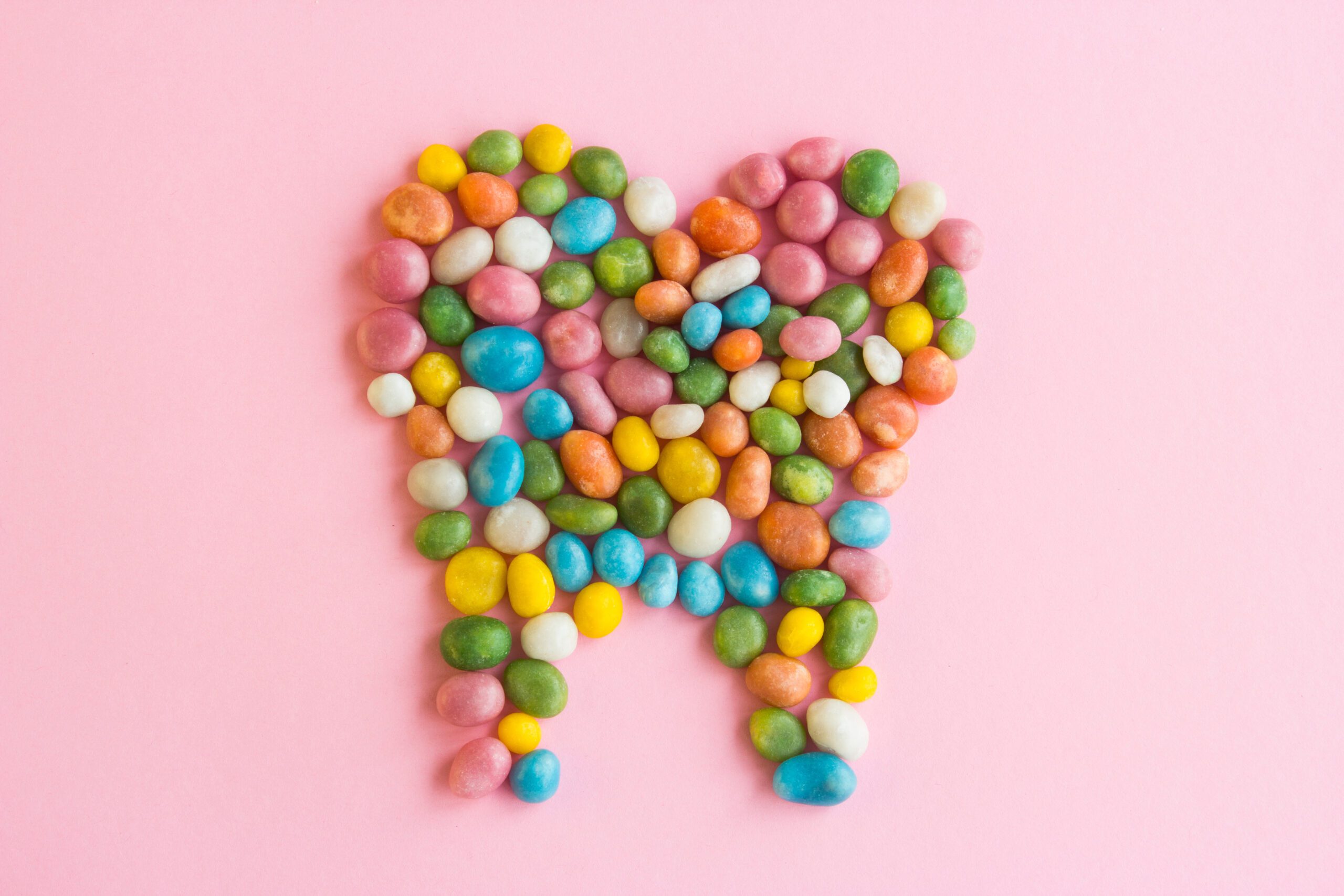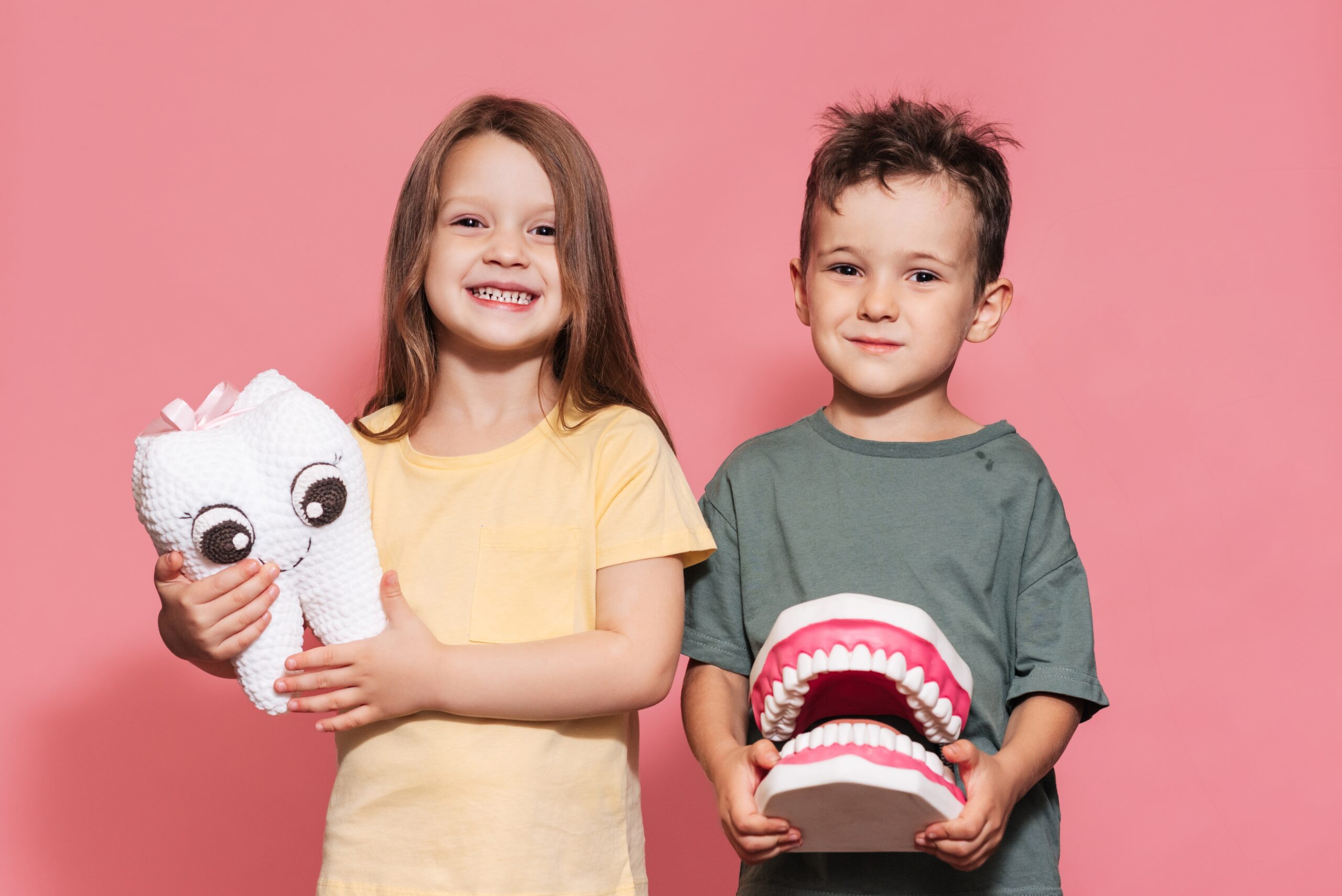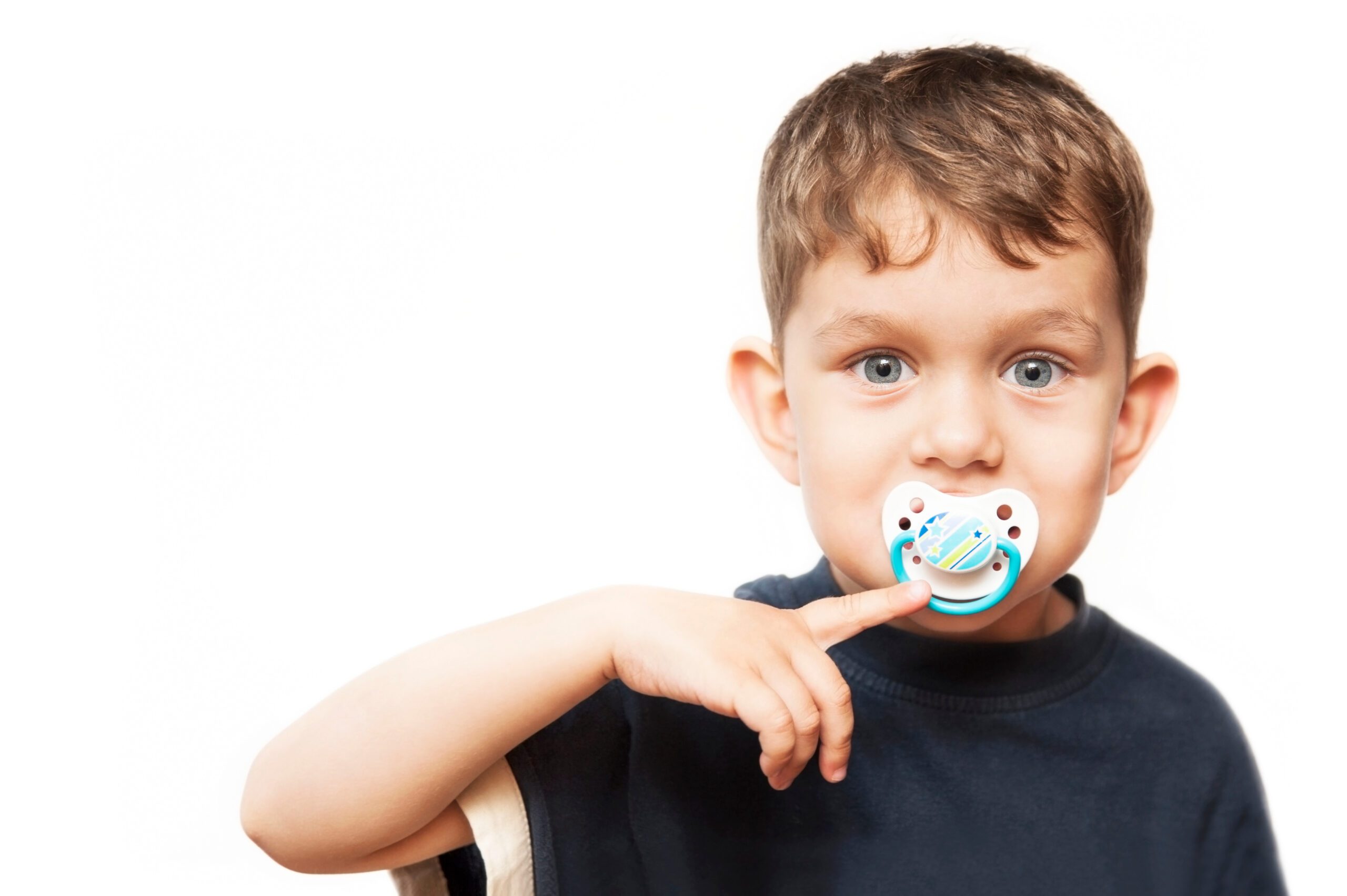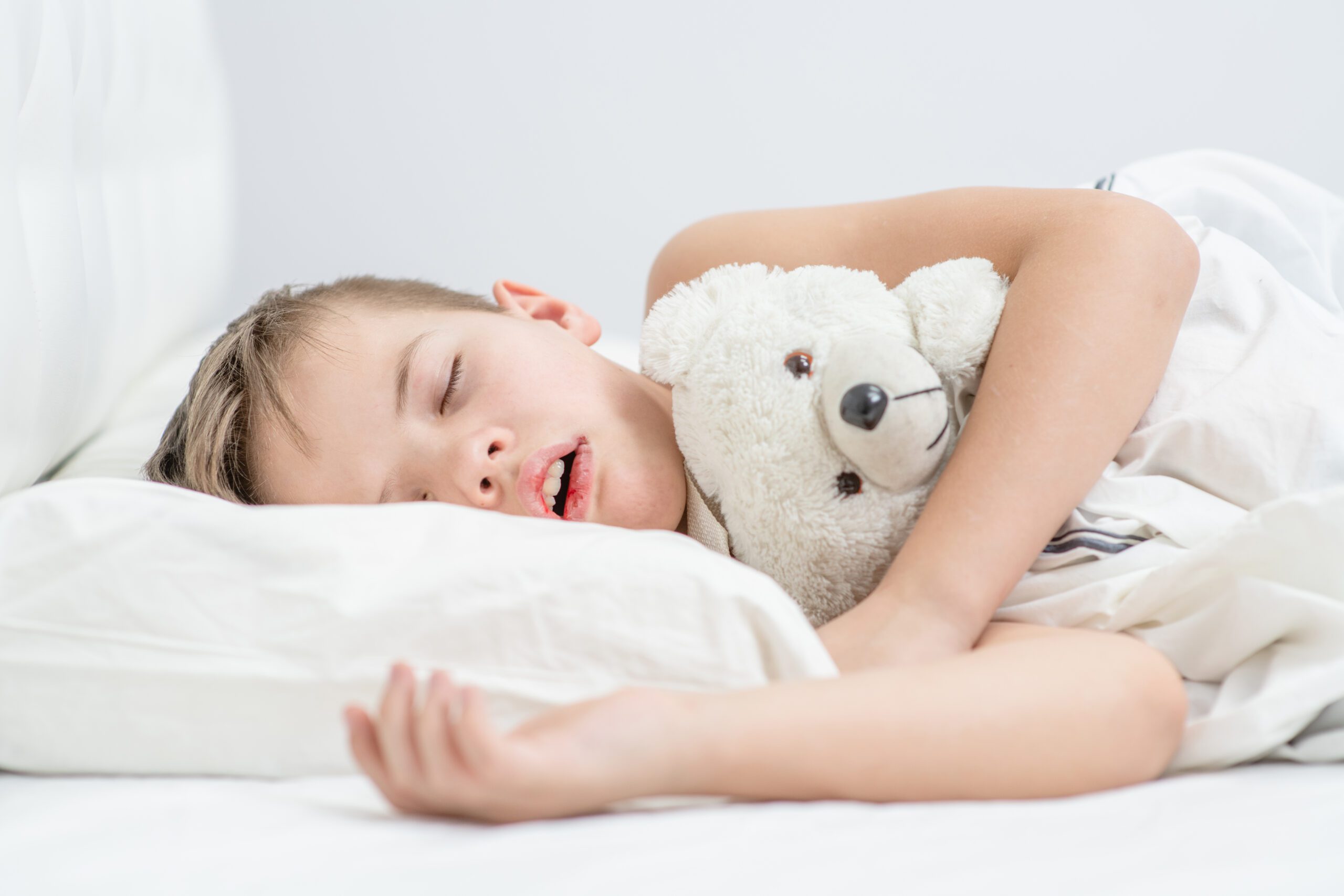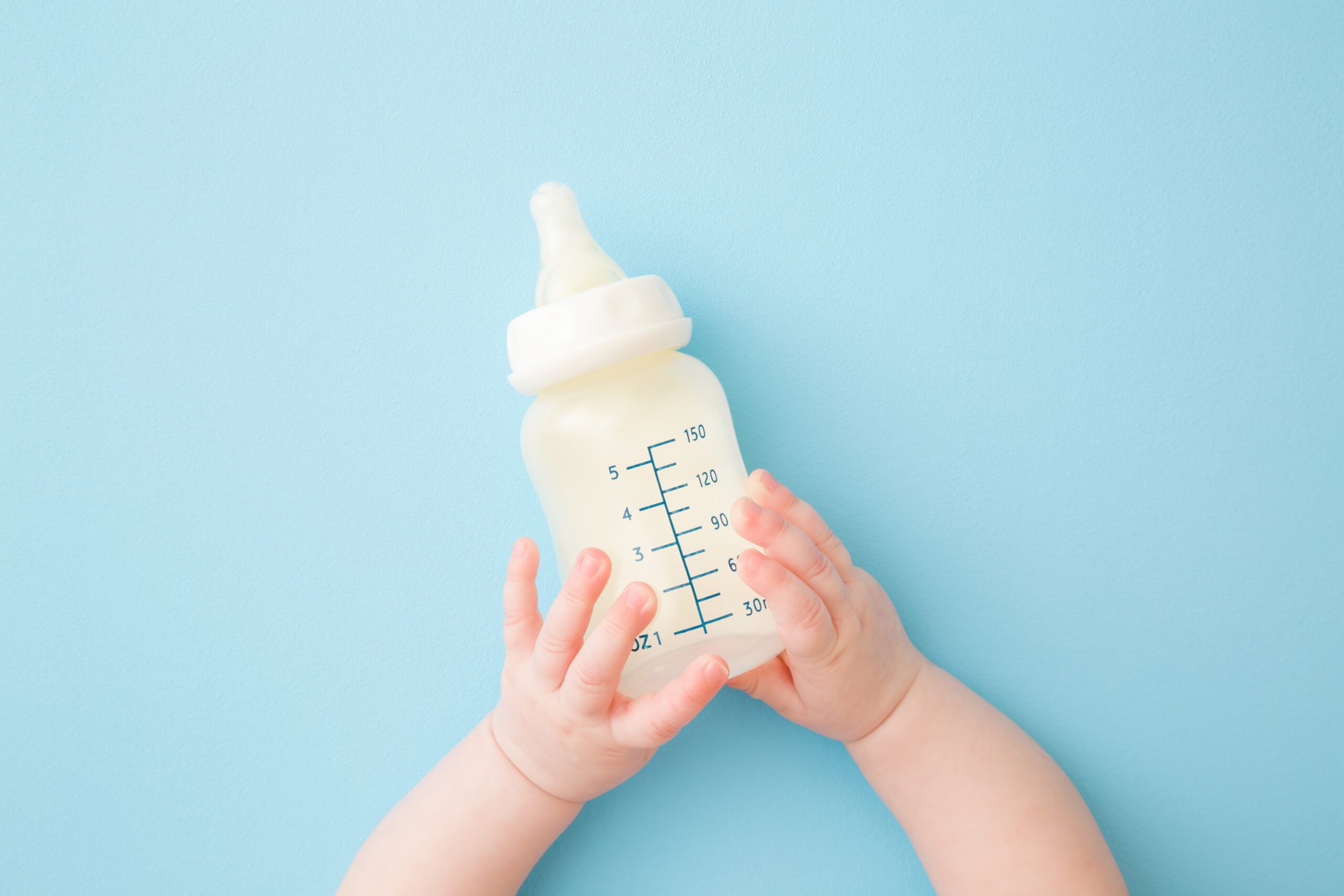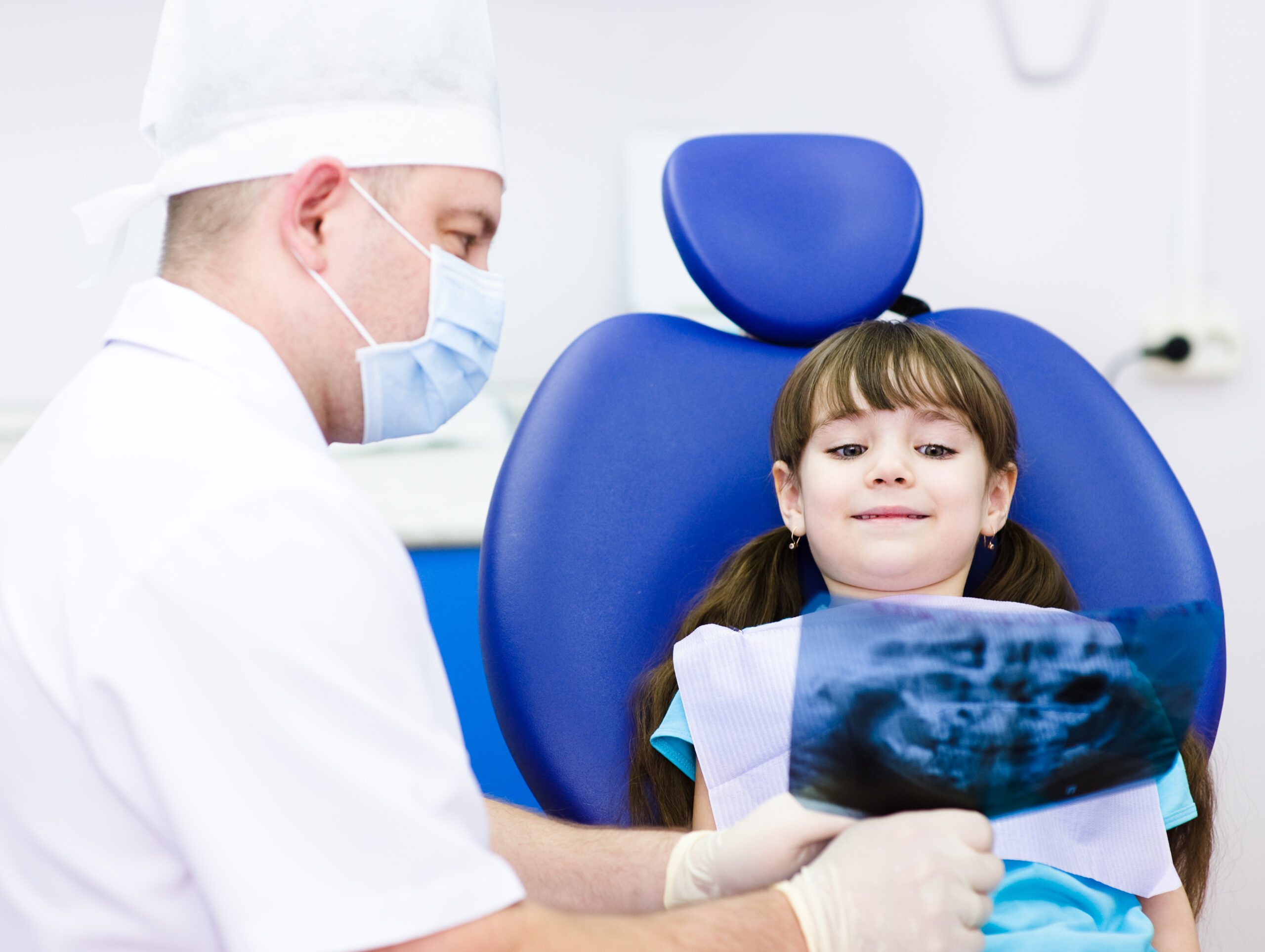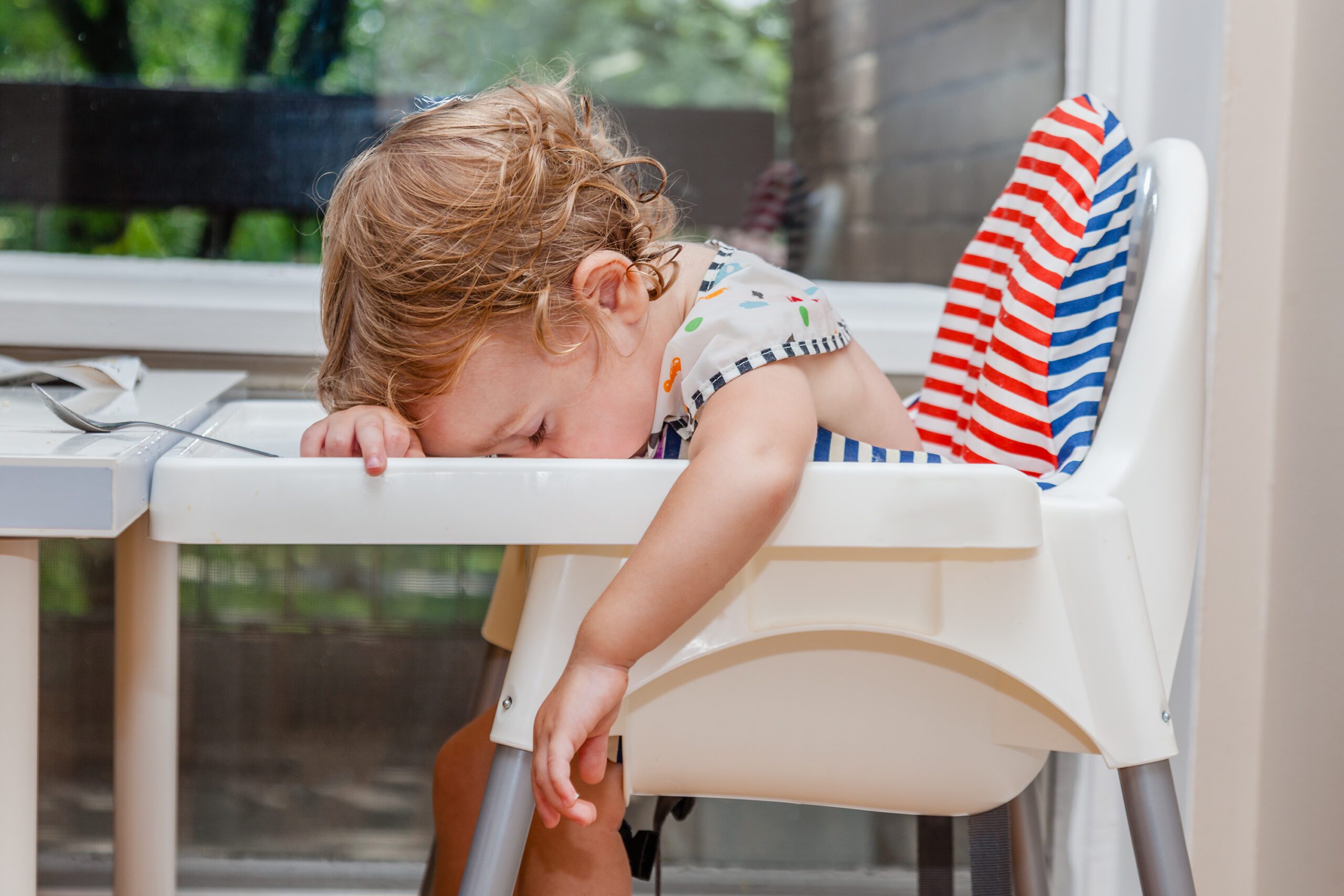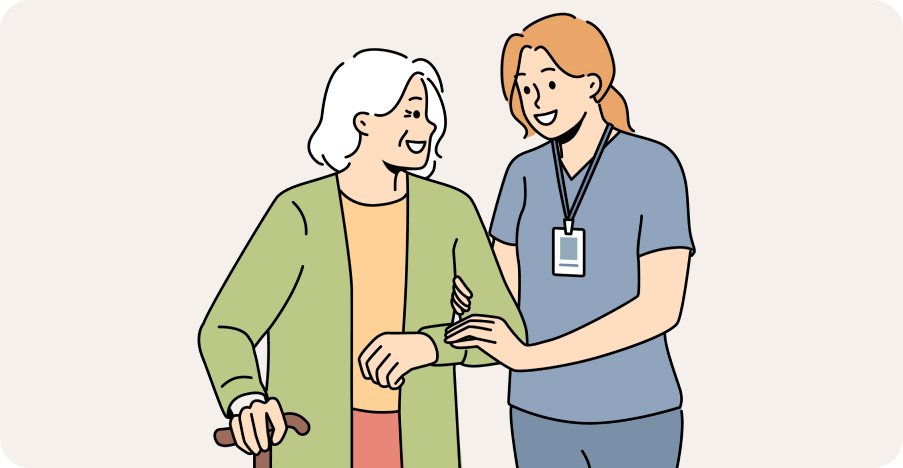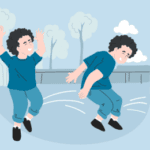
Autism
- Types of Autism Spectrum Disorder: Levels, Traits & Former Diagnoses Explained
- Asperger’s Syndrome: Signs, Diagnosis, and Support for Children, Teens & Adults
- What Is PDD-NOS? Understanding Pervasive Developmental Disorder–Not Otherwise Specified and Its Place on the Autism Spectrum
- Childhood Disintegrative Disorder (CDD): Symptoms, Diagnosis & Treatment Explained
- Rett Syndrome: Symptoms, Diagnosis, and Treatment Guide for Parents and Caregivers
- Nonverbal Autism: Causes, Signs, Communication Strategies & Treatment Options
- Sensory Processing and Autism: Understanding Sensitivities, Overload & Effective Therapies
- Classic Autism (Autistic Disorder): Signs, Diagnosis, and Treatment Before the DSM-5
- Fragile X Syndrome: Causes, Symptoms, Diagnosis, and Autism Link
- Atypical Autism (PDD-NOS): Symptoms, Diagnosis & Support Before DSM-5
- Low Functioning Autism (ASD Level 3): Symptoms, Support Needs, and Communication Challenges
- High-Functioning Autism (ASD Level 1): Symptoms, Traits, and Support Strategies

Neurodevelopmental Disorders & Learning Differences
- Dyslexia in Children: Symptoms, Causes & Best Therapies
- Dysgraphia in Children: Symptoms, Diagnosis & Treatment
- What Is Dyscalculia? Symptoms, Causes & Treatment
- Specific Learning Disorder with Impairment in Reading | Symptoms, Treatment & Therapists Near You
- Nonverbal Learning Disorder (NVLD): Symptoms, Causes & Therapies
- What Is Giftedness in Children? Signs, Support & Therapists
- Language Processing Disorder in Children: Signs, Therapy & Support
- Language Disorders in Children: Signs, Types & Therapy
- Delayed Speech in Children: Causes, Signs, and Therapy Options
- Executive Function Disorder in Children: Signs, Support & Therapy
- Apraxia of Speech in Children: Signs, Diagnosis & Therapy
- Understanding Intellectual Disability in Children: Signs, Support & Therapies
- What Is Twice-Exceptional (2e)? Signs, Challenges & Support for Gifted Children with Disabilities
- Global Developmental Delay (GDD)
Sensory Processing and Autism: Understanding Sensitivities, Overload & Effective Therapies

Authored by: The DrSensory Editorial Team
Reviewed by: 🛡️ DrSensory Clinical Review Board
Last updated: June 2025
- What is a sensory diet and how does it help individuals with autism?
- What is the difference between sensory processing disorder and autism?
- How can parents and teachers create a sensory-friendly environment for autistic individuals?
- Are sensory processing issues only found in children with autism?
- What are stimming behaviors in autism and why do they happen?
- What is vestibular and proprioceptive processing in autism?
- How do sensory challenges affect learning and communication in autism?
- What are the best sensory toys and tools for kids with autism?
What are the different types of autism spectrum disorder (ASD)?
Sensory processing in autism refers to how individuals with Autism Spectrum Disorder (ASD) perceive and respond to sensory information—such as sounds, lights, textures, smells, tastes, and movement. Many autistic individuals experience sensory processing differences, which means they may be overresponsive (hypersensitive) or underresponsive (hyposensitive) to certain sensory stimuli.
These sensory challenges can significantly impact daily life, including communication, learning, social interaction, and emotional regulation, making sensory processing support a vital part of autism care.
What are common sensory issues in children and adults with autism?
Common sensory processing issues in autism include:
- Hypersensitivity (overreactive): discomfort with loud noises, bright lights, certain fabrics, or strong smells
- Hyposensitivity (underreactive): craving deep pressure, not reacting to pain, or constantly moving/rocking
- Sensory-seeking behaviors: hand-flapping, spinning, or touching objects repeatedly for stimulation
- Avoidance behaviors: covering ears, avoiding eye contact, or refusing certain textures in food or clothing
These responses can vary widely from person to person and may change depending on the environment or stress levels.
How does sensory overload affect people with autism?
Sensory overload in autism happens when one or more senses are overstimulated, making it difficult for the brain to process everything at once. This can lead to meltdowns, anxiety, shutdowns, or withdrawal. For example, a crowded store with loud music, fluorescent lights, and strong smells may overwhelm someone with autism and trigger distress.
Understanding sensory triggers and creating a sensory-friendly environment can reduce overload and help individuals feel safe and regulated.
What therapies and tools help manage sensory processing issues in autism?
There are several evidence-based therapies and tools that support individuals with sensory processing challenges:
- Occupational therapy (OT) with a sensory integration approach
- Sensory diets: structured sensory activities tailored to the individual
- Weighted blankets, noise-canceling headphones, or chewelry for calming sensory input
- Environmental adaptations in schools and homes to minimize sensory stress
These supports help children and adults with autism navigate daily life with more comfort and confidence.
What is a sensory diet and how does it help individuals with autism?
A sensory diet is a customized set of sensory activities designed by an occupational therapist to help individuals with autism regulate their sensory input. These activities may include swinging, jumping, deep pressure, or calming exercises like breathing or fidget play. Sensory diets can reduce meltdowns, anxiety, and sensory-seeking behaviors, and improve focus and emotional regulation throughout the day.
What is the difference between sensory processing disorder and autism?
While Sensory Processing Disorder (SPD) and Autism Spectrum Disorder (ASD) can share similar sensory symptoms, they are not the same condition. SPD may occur independently, affecting how the brain interprets sensory information, while autism involves a broader set of challenges, including social communication and behavior. However, many individuals with autism also have co-occurring sensory processing challenges, which is why therapies often overlap.
How can parents and teachers create a sensory-friendly environment for autistic individuals?
Creating a sensory-friendly environment involves reducing overwhelming stimuli and providing sensory supports. Strategies include:
- Using soft lighting instead of fluorescent bulbs
- Offering quiet zones or noise-canceling headphones
- Using visual schedules and sensory tools (fidget toys, weighted vests)
- Providing movement breaks and minimizing clutter
These changes can dramatically improve focus, reduce anxiety, and create a more supportive space for autistic individuals in homes, classrooms, or therapy centers.
Are sensory processing issues only found in children with autism?
No, sensory processing challenges affect both children and adults with autism. While they may be more noticeable in early childhood, many autistic adults continue to experience sensory sensitivities throughout their lives. Adults may develop coping strategies, but they may still need accommodations, such as avoiding crowded spaces, using noise-reducing tools, or following structured routines to stay regulated.
What are stimming behaviors in autism and why do they happen?
Stimming, short for self-stimulatory behavior, refers to repetitive movements or sounds commonly seen in individuals with autism. Examples include hand-flapping, rocking, spinning, humming, or tapping. These behaviors help regulate sensory input, manage stress, and express excitement or frustration.
Stimming has a vital sensory and emotional function—it can calm an overwhelmed nervous system or provide needed stimulation in low-input environments. Unless it’s harmful, stimming should not be discouraged, as it’s a healthy form of self-regulation for many autistic individuals.
What is vestibular and proprioceptive processing in autism?
Vestibular processing refers to the body’s sense of balance and spatial orientation, while proprioceptive processinginvolves awareness of body position and movement. Many autistic individuals experience differences in both areas, which can affect coordination, posture, and comfort in movement-based activities.
For example:
- A child with vestibular sensitivity might fear swings or heights
- Someone with proprioceptive seeking behaviors may crave pressure (like jumping or squeezing)
Occupational therapy often targets these systems through movement-based sensory activities to improve balance, body awareness, and motor skills.
How do sensory challenges affect learning and communication in autism?
Sensory sensitivities can significantly affect how autistic individuals learn and communicate. For example, a child distracted by buzzing lights or loud noises may struggle to focus in a classroom. Others may withdraw or shut down during sensory overload, making verbal communication difficult.
These challenges can lead to delays in speech, reduced participation, and increased frustration. By addressing sensory needs through classroom accommodations and therapy, children can better engage in learning and social interaction.
What are the best sensory toys and tools for kids with autism?
Sensory toys and tools can help autistic children regulate input, calm anxiety, and stay focused. Popular options include:
- Fidget spinners and stress balls for tactile input
- Weighted blankets or lap pads for calming deep pressure
- Chewelry (chewable jewelry) for oral sensory needs
- Swing sets or balance boards for vestibular stimulation
- Noise-canceling headphones to reduce auditory overload
Choosing the right tools depends on the child’s specific sensory profile, often determined by an occupational therapist.
This page provides general educational content and is not a substitute for professional medical advice. Always consult a licensed provider for diagnosis and treatment.
View privacy policy, copyright and trust info
More on Autism

- Types of Autism Spectrum Disorder: Levels, Traits & Former Diagnoses Explained
- Asperger’s Syndrome: Signs, Diagnosis, and Support for Children, Teens & Adults
- What Is PDD-NOS? Understanding Pervasive Developmental Disorder–Not Otherwise Specified and Its Place on the Autism Spectrum
- Childhood Disintegrative Disorder (CDD): Symptoms, Diagnosis & Treatment Explained
- Rett Syndrome: Symptoms, Diagnosis, and Treatment Guide for Parents and Caregivers
- Nonverbal Autism: Causes, Signs, Communication Strategies & Treatment Options
- Sensory Processing and Autism: Understanding Sensitivities, Overload & Effective Therapies
- Classic Autism (Autistic Disorder): Signs, Diagnosis, and Treatment Before the DSM-5
- Fragile X Syndrome: Causes, Symptoms, Diagnosis, and Autism Link
- Atypical Autism (PDD-NOS): Symptoms, Diagnosis & Support Before DSM-5
- Low Functioning Autism (ASD Level 3): Symptoms, Support Needs, and Communication Challenges
- High-Functioning Autism (ASD Level 1): Symptoms, Traits, and Support Strategies
Find a Therapist near you
Are you looking for a physical, occupational, or speech therapist in your area?
Look no further than the DrSensory Therapist Database and Clinic Directory!
Find a Therapist
Find the physical therapist, occupational therapist, or speech language pathologist you’re looking for!
Ask Us Anything
Whether you are looking for advice, have a general question about sensory processing, or looking for resources.
Submit Your Story
Share your story about your child. Let’s celebrate milestones and learn more about challenges.









































